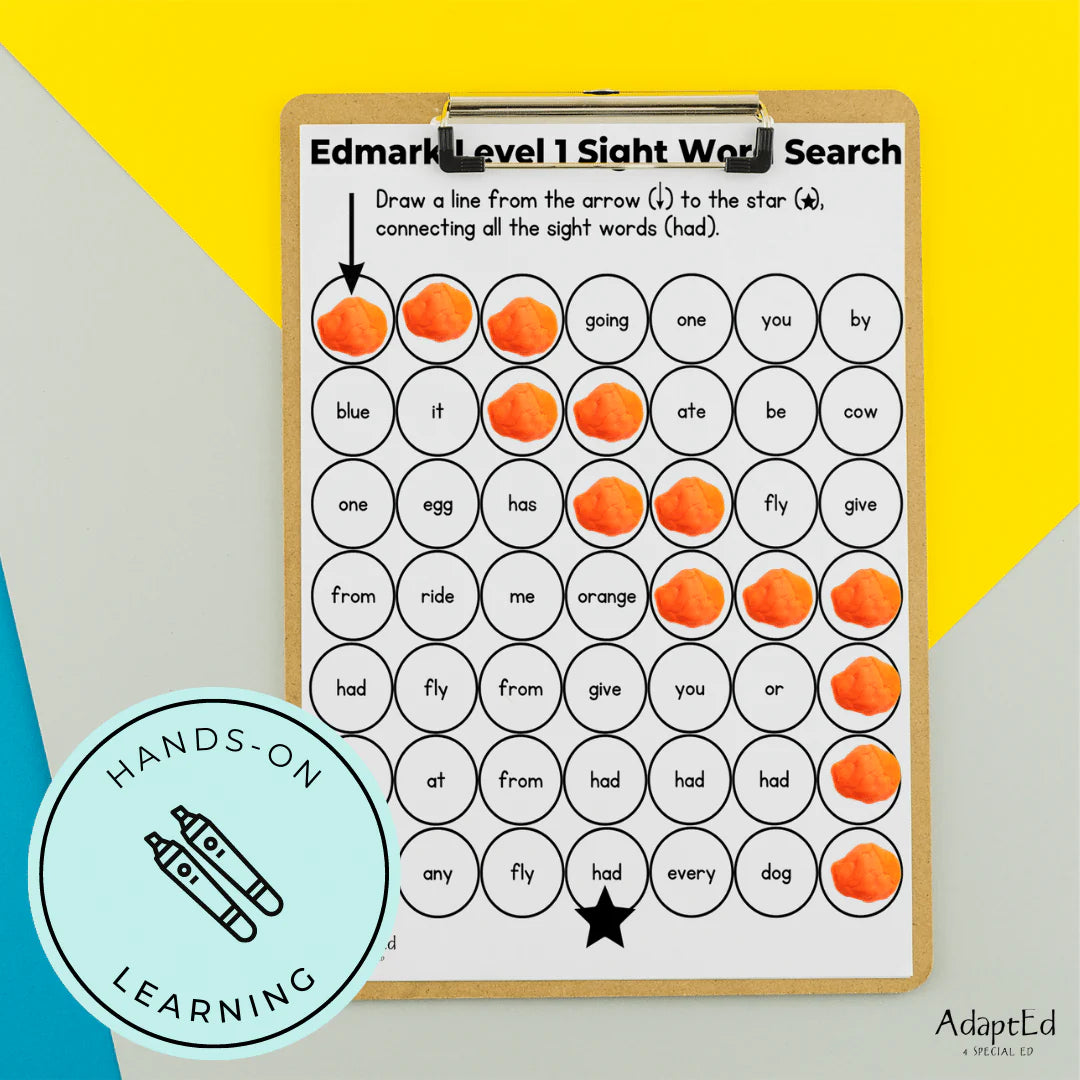In the complex tapestry of literacy education, sight words emerge as a uniquely polarizing subject. Traditionally heralded as cornerstones of early reading development, these high-frequency words play a debatable role in the science of reading. Dr. Karen Erickson, a luminary in the field of special education and literacy, sheds light on this intriguing debate, revealing how sight words not only fit into but significantly enhance reading instruction.
The Essence of Sight Words
Sight words are those that appear frequently in English text but often don’t adhere to standard phonetic rules, making them challenging for young readers to decode using traditional methods.
Their primary value lies in their ubiquity; recognizing these words on sight can dramatically improve reading speed and fluency, allowing learners to focus more on comprehension rather than the mechanics of reading.
Dr. Karen Erickson’s Perspective
Dr. Erickson advocates for a balanced approach to literacy, where sight words form an integral part of a comprehensive reading strategy.
According to her, the dichotomy between phonics and sight word recognition is a false one.
Effective reading instruction marries the two, leveraging the automaticity offered by sight words to bolster the decoding and phonemic awareness skills essential for reading proficiency.
Integrating Sight Words in Reading Programs
The key to successfully utilizing sight words lies in their integration:
- Strategic Selection: Focus on words that provide the most utility based on their frequency in relevant texts.
- Contextual Learning: Introduce sight words within the rich context of literature and daily activities, not merely as isolated entities.
- Active Engagement: Engage students with interactive practices that encourage the use of sight words in various settings, from classroom activities to home reading sessions.
Moving Beyond the Basics
It's not just about recognizing words; it's about building a bridge to reading fluency and comprehension.
Sight words, when woven into a fabric of diverse instructional strategies, empower students to transition from decoding to meaningful reading.
This balanced literacy approach fosters a love for reading, setting the stage for lifelong learning.
Conclusion
The inclusion of sight words in reading instruction is not a matter of convenience but necessity. By following Dr. Karen Erickson's expert guidance, educators and parents can unlock the full potential of their learners, ensuring a smooth path to literacy for students of all backgrounds and abilities.
Ready to revolutionize your reading instruction with sight words? Dive deeper into Dr. Erickson’s strategies and transform your approach to literacy education.
Discover the strategies, understand the impact, and start your students on the path to reading success today.



